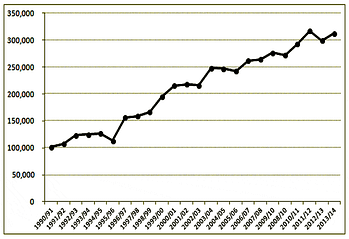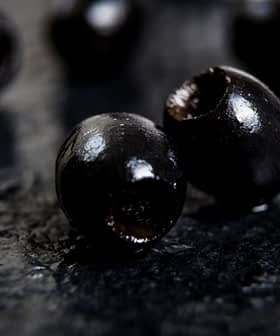Tallying the figures from last year, the International Olive Council (IOC) in its latest newsletter said olive oil imports to the U.S. rose due to the strong output for the 2013/14 harvest in Spain, which challenged Italy as America’s leading olive oil supplier.
Italy supplied 44 percent of the imports, while Spanish olive oil accounted for 40 percent. Tunisia managed to provide just 5 percent of U.S. imports, and Argentina supplied 2.8 percent, the IOC reported.
Spain’s share of exports to the world’s largest market more than doubled from the year before to 124,452 tons out of the total U.S. import total of 312,558 tons.
Last year’s poor crop in Greece amounted to only 1.8 percent of the U.S. olive oil imports.
This year, on the other hand, is expected to be quite different as the cyclical nature of olive harvests, bad weather and environmental scourges broadsided producers in Italy, Spain and Portugal.
See Also:The 2014 Harvest: Complete Coverage
This season it is Tunisia that has the bumper crop, and Greece is also expected to make up some of the market share it lost last year.

Trend of U.S. imports of olive oil and olive pomace oil (Source: IOC)
Using new U.S. customs nomenclature for virgin olive oils the IOC was also able to report that about half (49 percent) of last year’s imports were extra virgin grade and 11 percent of total imports were organic extra virgin. 15 percent of extra virgin imports were in bulk containers, defined as being over 18kg (39.7 Lbs).
The producer prices for Italian extra virgin olive oil have inched downward from recent 10-year highs but still remain at historic levels, while prices for Greek and Spanish olive oils have been less affected by forecasts of a production shortfall this year.
Italian extra virgin currently commands €5.55 per kilogram ($6.43) at the farm gate, up from €2.65 ($3.07) early last year, while in Jaén, prices have risen to €3.12 ($3.61).








